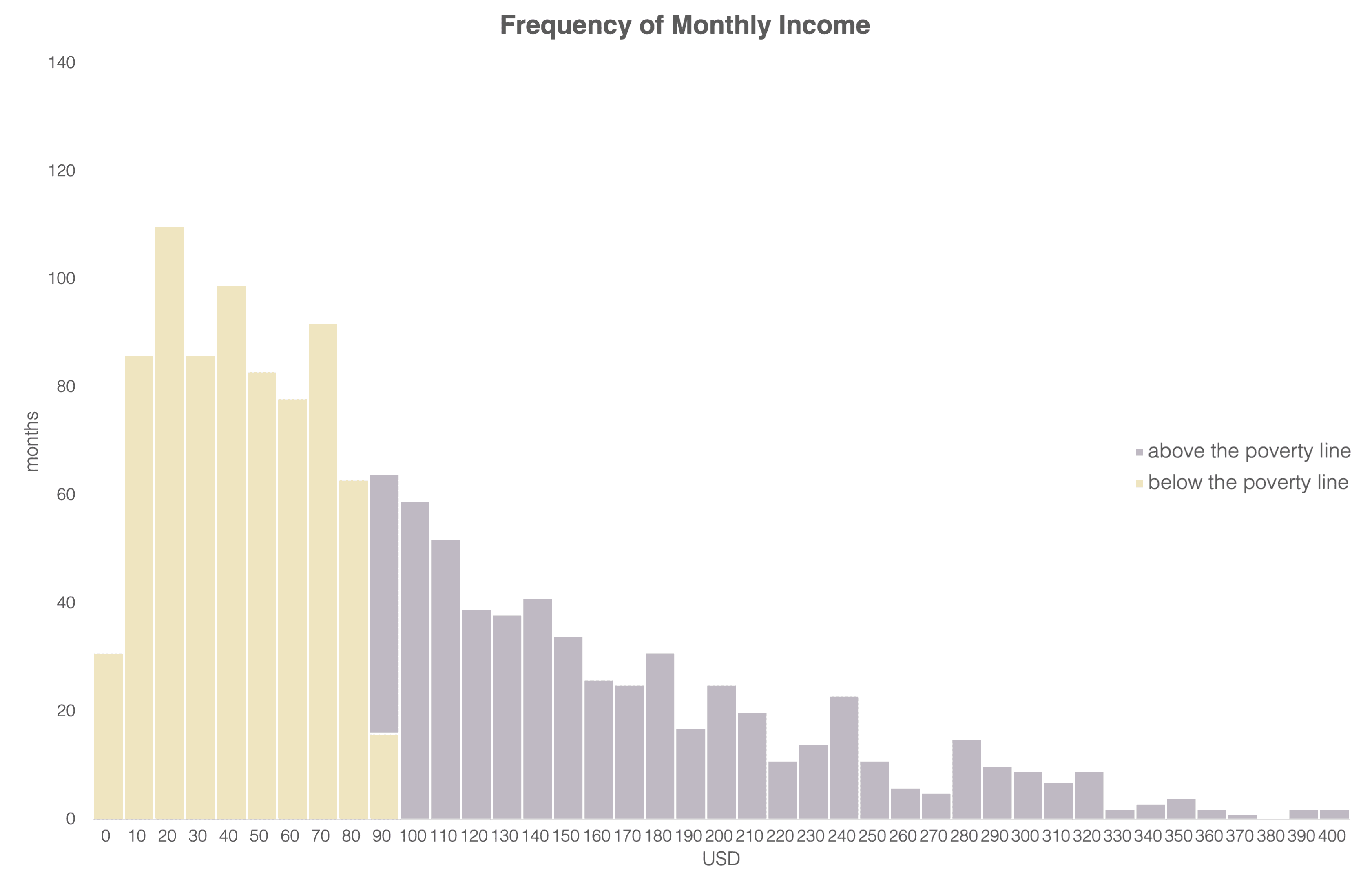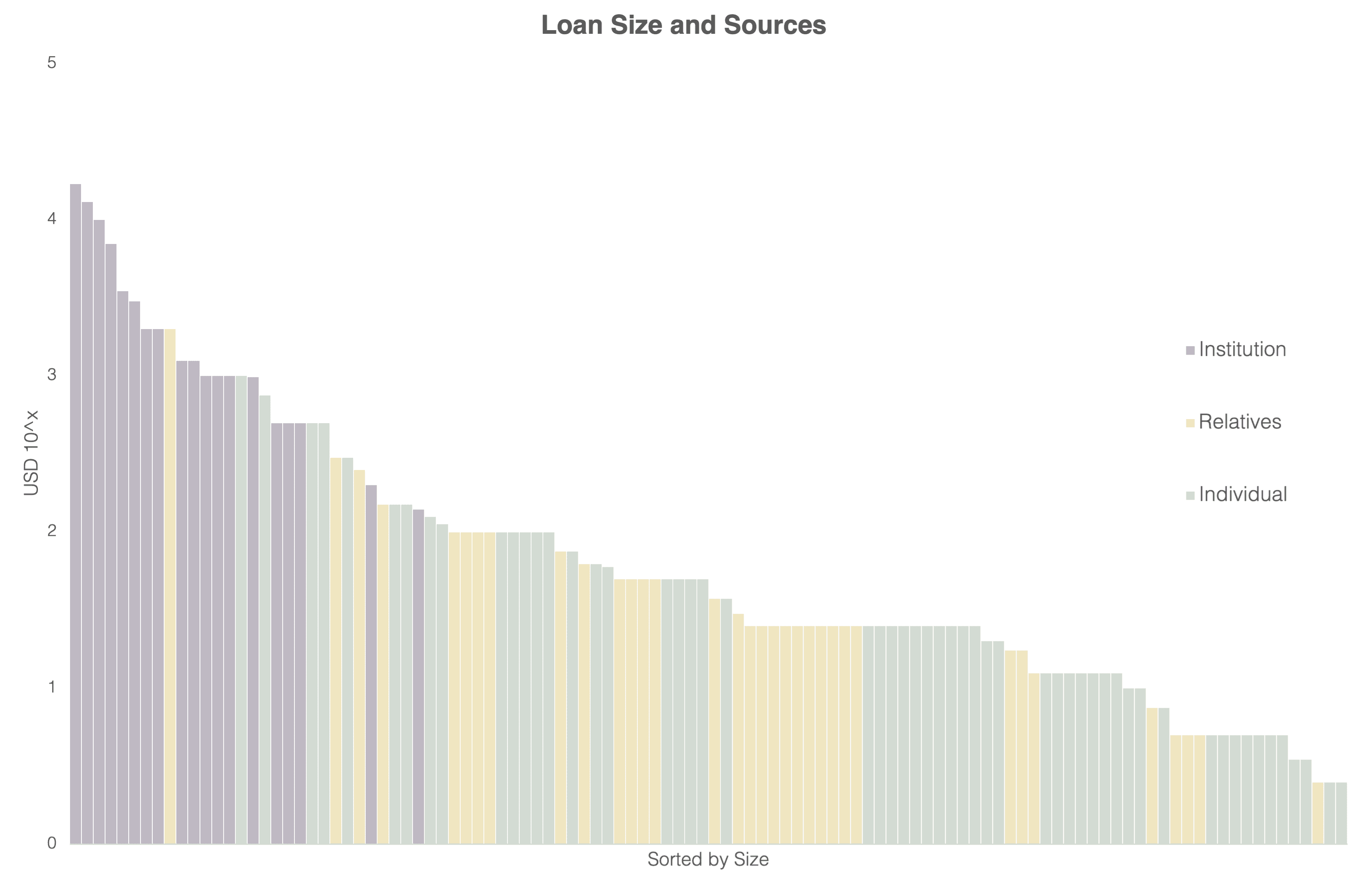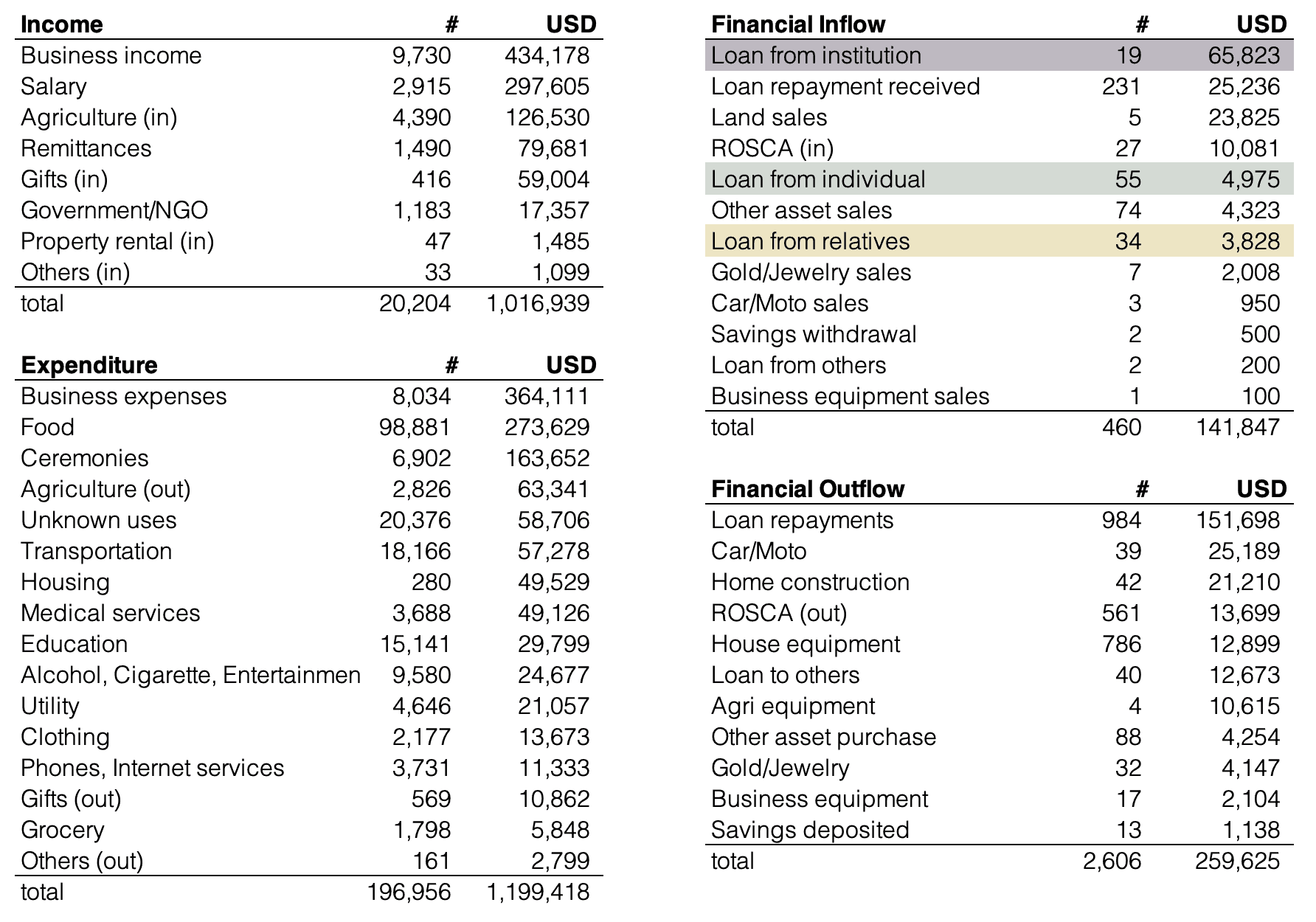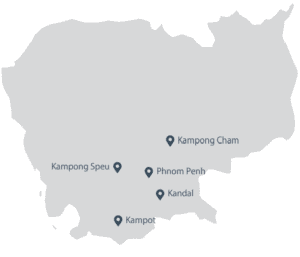Why governance matters for Gojo is clear — Because Gojo aims to operate in 50 countries by 2030, which means Gojo will have to manage at least 50 different group companies as a holding company by then.
Why governance matters for Gojo is clear — Because Gojo aims to operate in 50 countries by 2030, which means Gojo will have to manage at least 50 different group companies as a holding company by then.
As I was getting involved in microfinance in the late 90s, it was mainly operated by 2 types of players: Non-Profit Organisations (such as NGOs and International NGOs) and Cooperatives. Most countries had not yet set up regulations to allow commercial microfinance banks to operate.
I remember the significant opposition against commercial microfinance by many players in the microfinance sector. Many donor representatives but also a large number of practitioners did not feel comfortable with the commercial model. The cooperative movement was perceived by many as the “ideal” model, allowing the end beneficiaries to be part of the governance of the microfinance banks to decide on their services. Cooperative systems were perceived as superior models.
Beyond the governance, it is also clear that private ownership in microfinance was not accepted for another reason. The idea that private interest could generate profits from “poor people” was unacceptable to most.
As I co-founded PlaNet Finance in 1998 with the support of Jacques Attali and Muhammed Yunus (Chairman of the Advisory Board) and started providing independent rating & evaluations in the sector, as well as other services (consulting and funding), we started evaluating and financing many MFIs.
As we were doing so, in the early 2000s, we witnessed many cooperatives failing. In West Africa but also in Latin America and other parts of the world, large cooperatives were bankrupt or nearly bankrupt, only being saved by governments and development agencies providing them every year with the funds they needed to survive. At this time, I got involved with PlaNet Finance & PlaNet Rating in many programmes with cooperatives, either to try to support / save some of those cooperative microfinance banks by providing them with technical assistance (such as in Mexico for instance) or to rate and evaluate them and allow governments or donors to design programmes to support them (such as in West Africa)
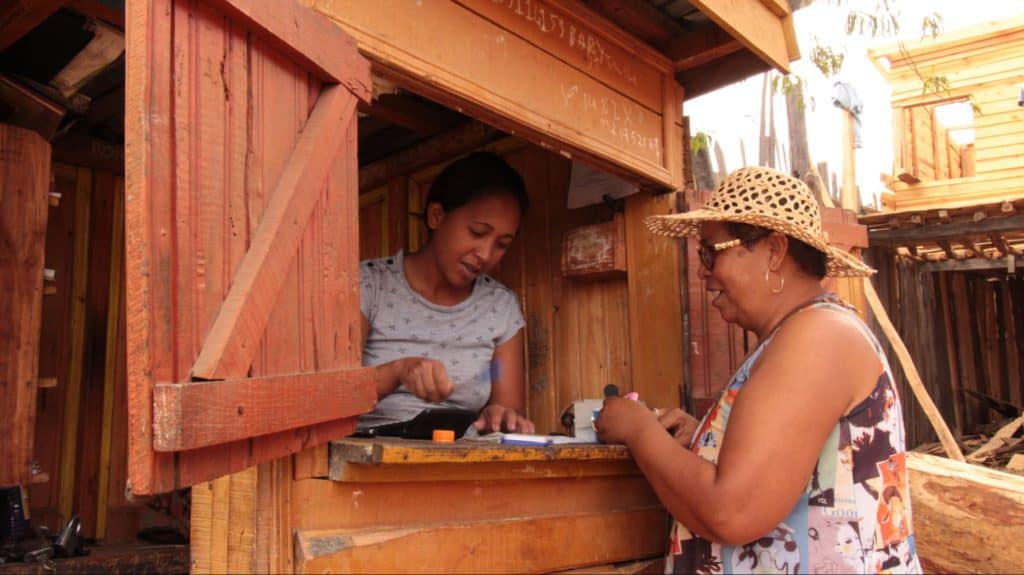
For years (mainly in the late 80s and 90s), a number of international cooperative movements such as Desjardins International, Crédit Mutuel International, WOCCU, were promoting the models that had worked in their home countries internationally by supporting local microfinance cooperatives with expertise and funding..
However, during the 2000s decade, commercial microfinance emerged and started growing at an accelerated pace, to become during the 2010s the main player in the microfinance sector.
How come commercial microfinance was able in less than 10 years to thrive while cooperatives did not manage in the previous 30 years?
There are probably many reasons behind this factor but I would like to highlight 2 of the reasons which I believe are fundamentally behind the success1 of commercial and the failure of cooperatives models in microfinance:
- The efficiency of commercial microfinance. This efficiency is largely the result of efficient decision making which private companies with simple and aligned shareholding bases and clear decision makers excel at doing. Cooperative microfinance banks are often struggling with complex governance, many hundreds of owners (the clients) with different and sometimes conflicting agenda which makes decision making much more complicated and sometimes impossible. In specific situations, a strong leader is able to make this governance structure work and can, thanks to his/her natural authority and/or his legitimacy, accelerate decision making. This was for instance the case at Grameen Bank, a cooperative bank with a strong charismatic leader, the founder: Muhammed Yunus. However, unfortunately too few cooperative microfinance banks could benefit from such a charismatic leader.
- The strength of commercial capital: as was expected in the early 2000s, as soon as commercial investors realized that microfinance was a new asset class they could benefit from, with potentially good profitability, commercial capital started to flow significantly into the sector. And commercial capital was invested primarily into commercial microfinance rather than cooperatives, not only because of the reason above but also because of legal & regulatory limitations (much easier to invest in a private company than in a cooperative company). As a reminder, in 2020 more than 150 million people have access to microfinance with a total loan portfolio above 140 billion USD, while in the early 2000s, microfinance was reaching fewer than 20 million people for a portfolio below 20 billion USD. Commercial capital is largely responsible for this huge growth in the last 20 years.
I think this story around Efficiency, commercial and cooperative decision making can be applied beyond the cooperative sector (for instance the public sector or government-owned businesses, etc.). I would argue that the key to efficiency is alignment. An organization is efficient if the key stakeholders are fully aligned so that decisions can be made quickly and implemented efficiently. There are many ways to reach alignment in an organisation but the most efficient ways are probably those highlighted above:
- One, or a limited number, of charismatic leaders followed by their teams,
- A simple governance with very few owners aligned on the same goals.
As many microfinance banks are now facing serious challenges to face digital disruption and to meet clients’ expectations, quick decision making and alignment are going to be key success factors in upcoming digital transformation, so it is time for every organisation to learn from history and improve their governance & organisation to become more efficient in decision making.
Arnaud Ventura is a Managing Partner of Gojo & Company. As Managing Partner, Arnaud oversees strategy, business performance & development. He also leads the development of Gojo & Company in Africa.
Prior to joining Gojo, Arnaud founded and led two of the leading financial inclusion group worldwide. From 1998 to 2008 Arnaud cofounded and led with Mr Attali & Mr Yunus PlaNet Finance, one of the global and most successful European Financial Inclusion Group. From 2008 to 2019, Arnaud founded & led Baobab (formerly MicroCred), the leading Micro&SME digital bank in Africa & China.Additionally, Arnaud has been appointed Young Global Leader of the World Economic Forum in 2013 and he cofounded the French China Foundation the leading network of Young Leaders between French and China and Share Africa, a platform to support African youth.
As I was getting involved in microfinance in the late 90s, it was mainly operated by 2 types of players: Non-Profit Organisations (such as NGOs and International NGOs) and Cooperatives. Most countries had not yet set up regulations to allow commercial microfinance banks to operate.
I remember the significant opposition against commercial microfinance by many players in the microfinance sector. Many donor representatives but also a large number of practitioners did not feel comfortable with the commercial model. The cooperative movement was perceived by many as the “ideal” model, allowing the end beneficiaries to be part of the governance of the microfinance banks to decide on their services. Cooperative systems were perceived as superior models.
Beyond the governance, it is also clear that private ownership in microfinance was not accepted for another reason. The idea that private interest could generate profits from “poor people” was unacceptable to most.
As I co-founded PlaNet Finance in 1998 with the support of Jacques Attali and Muhammed Yunus (Chairman of the Advisory Board) and started providing independent rating & evaluations in the sector, as well as other services (consulting and funding), we started evaluating and financing many MFIs.
As we were doing so, in the early 2000s, we witnessed many cooperatives failing. In West Africa but also in Latin America and other parts of the world, large cooperatives were bankrupt or nearly bankrupt, only being saved by governments and development agencies providing them every year with the funds they needed to survive. At this time, I got involved with PlaNet Finance & PlaNet Rating in many programmes with cooperatives, either to try to support / save some of those cooperative microfinance banks by providing them with technical assistance (such as in Mexico for instance) or to rate and evaluate them and allow governments or donors to design programmes to support them (such as in West Africa).

For years (mainly in the late 80s and 90s), a number of international cooperative movements such as Desjardins International, Crédit Mutuel International, WOCCU, were promoting the models that had worked in their home countries internationally by supporting local microfinance cooperatives with expertise and funding.
However, during the 2000s decade, commercial microfinance emerged and started growing at an accelerated pace, to become during the 2010s the main player in the microfinance sector.
How come commercial microfinance was able in less than 10 years to thrive while cooperatives did not manage in the previous 30 years?
There are probably many reasons behind this factor but I would like to highlight 2 of the reasons which I believe are fundamentally behind the success1 of commercial and the failure of cooperatives models in microfinance:
- The efficiency of commercial microfinance. This efficiency is largely the result of efficient decision making which private companies with simple and aligned shareholding bases and clear decision makers excel at doing. Cooperative microfinance banks are often struggling with complex governance, many hundreds of owners (the clients) with different and sometimes conflicting agenda which makes decision making much more complicated and sometimes impossible. In specific situations, a strong leader is able to make this governance structure work and can, thanks to his/her natural authority and/or his legitimacy, accelerate decision making. This was for instance the case at Grameen Bank, a cooperative bank with a strong charismatic leader, the founder: Muhammed Yunus. However, unfortunately too few cooperative microfinance banks could benefit from such a charismatic leader.
- The strength of commercial capital: as was expected in the early 2000s, as soon as commercial investors realized that microfinance was a new asset class they could benefit from, with potentially good profitability, commercial capital started to flow significantly into the sector. And commercial capital was invested primarily into commercial microfinance rather than cooperatives, not only because of the reason above but also because of legal & regulatory limitations (much easier to invest in a private company than in a cooperative company). As a reminder, in 2020 more than 150 million people have access to microfinance with a total loan portfolio above 140 billion USD, while in the early 2000s, microfinance was reaching fewer than 20 million people for a portfolio below 20 billion USD. Commercial capital is largely responsible for this huge growth in the last 20 years.
I think this story around Efficiency, commercial and cooperative decision making can be applied beyond the cooperative sector (for instance the public sector or government-owned businesses, etc.). I would argue that the key to efficiency is alignment. An organization is efficient if the key stakeholders are fully aligned so that decisions can be made quickly and implemented efficiently. There are many ways to reach alignment in an organisation but the most efficient ways are probably those highlighted above:
- One, or a limited number, of charismatic leaders followed by their teams,
- A simple governance with very few owners aligned on the same goals.
As many microfinance banks are now facing serious challenges to face digital disruption and to meet clients’ expectations, quick decision making and alignment are going to be key success factors in upcoming digital transformation, so it is time for every organisation to learn from history and improve their governance & organisation to become more efficient in decision making.
Arnaud Ventura is a Managing Partner of Gojo & Company. As Managing Partner, Arnaud oversees strategy, business performance & development. He also leads the development of Gojo & Company in Africa.
Prior to joining Gojo, Arnaud founded and led two of the leading financial inclusion group worldwide. From 1998 to 2008 Arnaud cofounded and led with Mr Attali & Mr Yunus PlaNet Finance, one of the global and most successful European Financial Inclusion Group. From 2008 to 2019, Arnaud founded & led Baobab (formerly MicroCred), the leading Micro&SME digital bank in Africa & China.Additionally, Arnaud has been appointed Young Global Leader of the World Economic Forum in 2013 and he cofounded the French China Foundation the leading network of Young Leaders between French and China and Share Africa, a platform to support African youth.
Sign up to receive news from Gojo here.





















